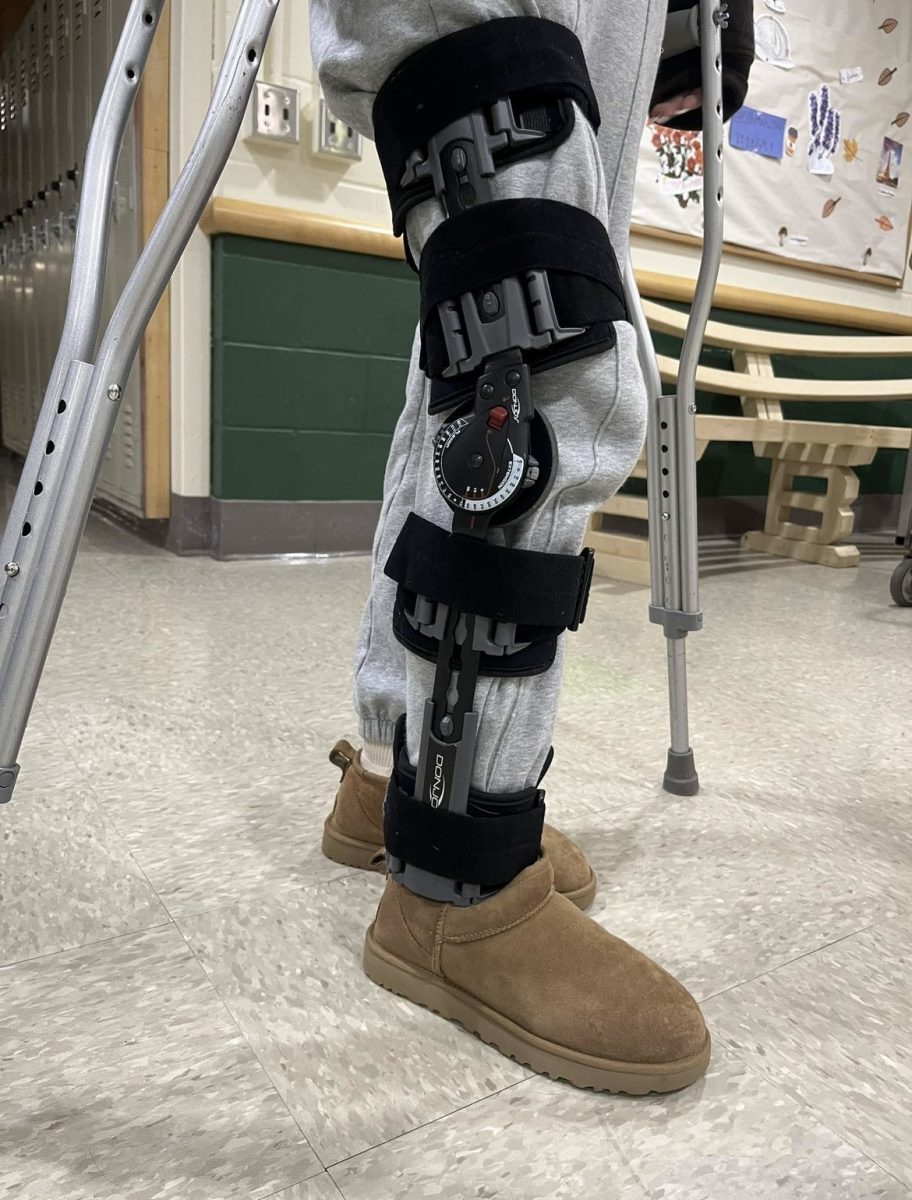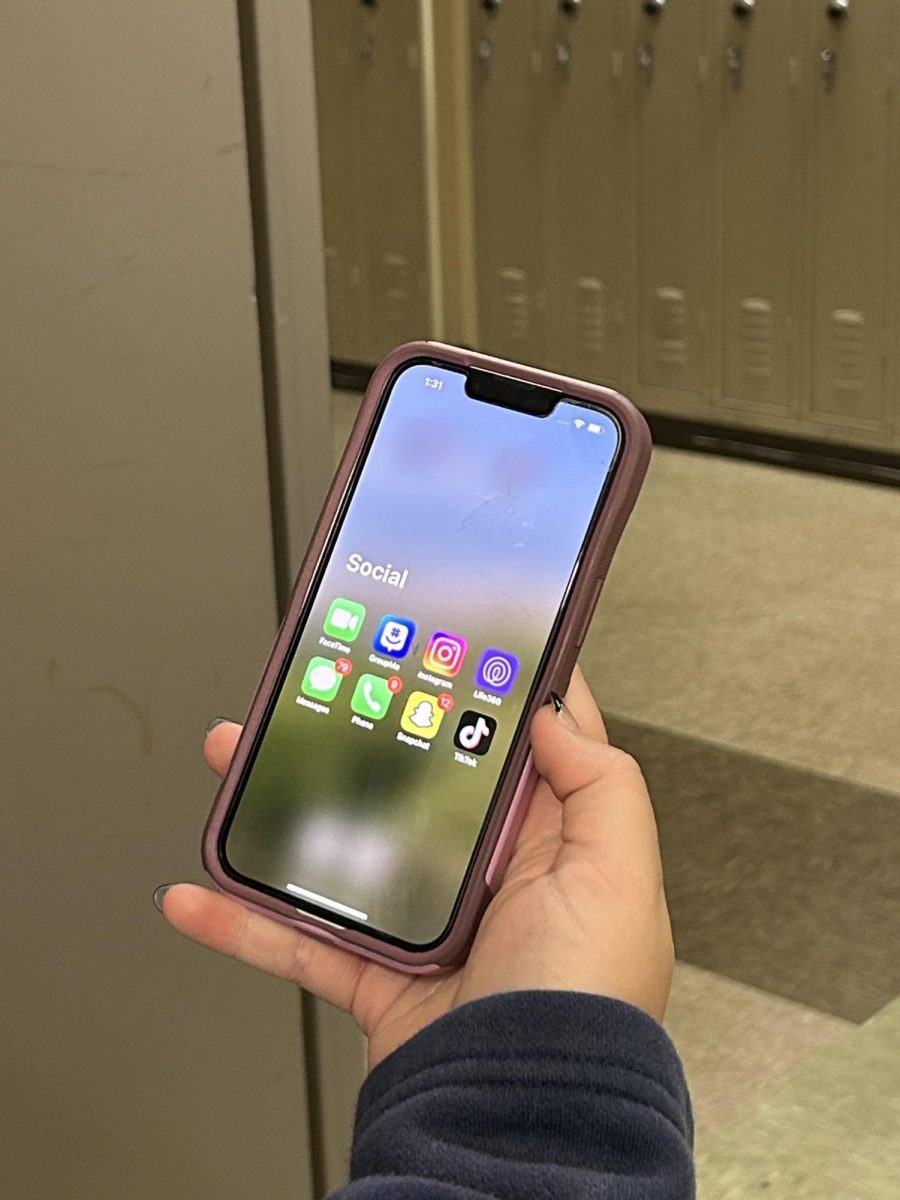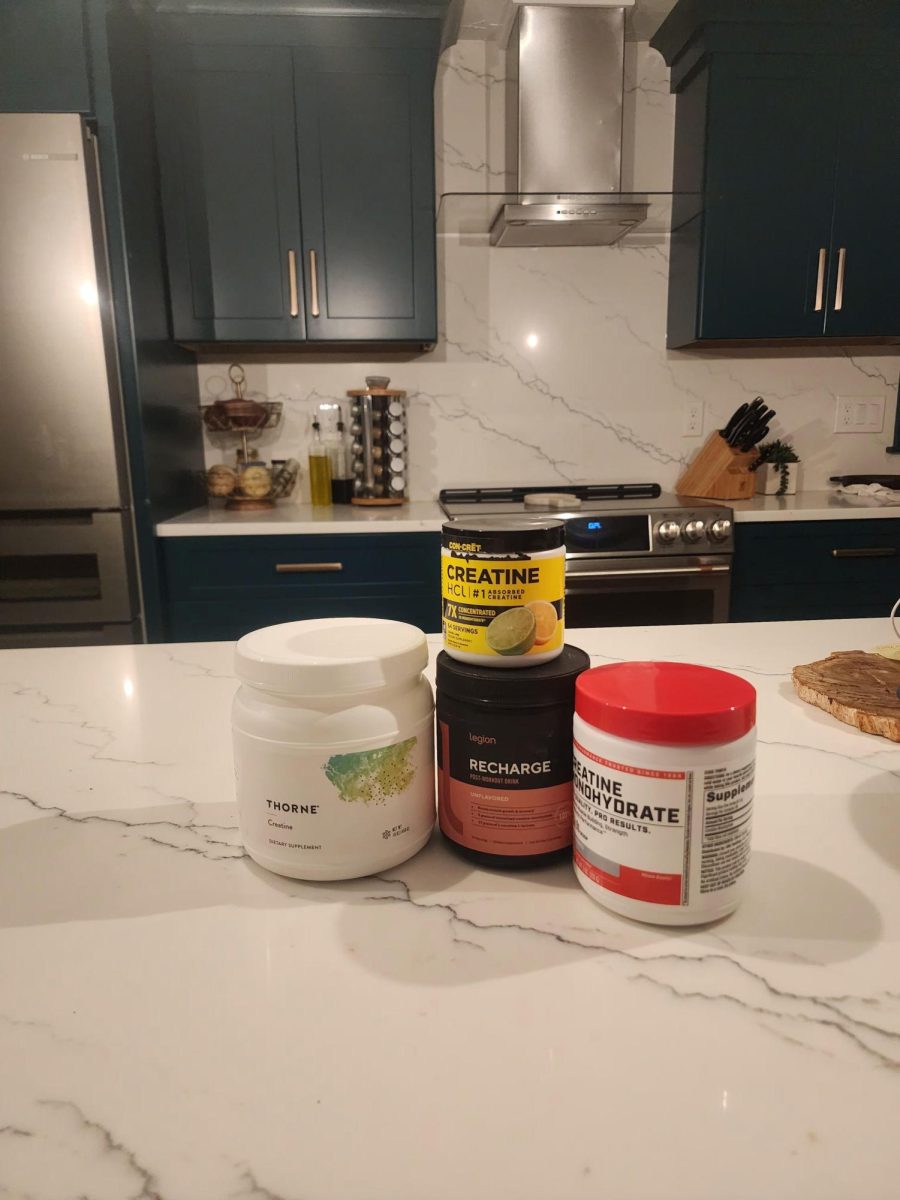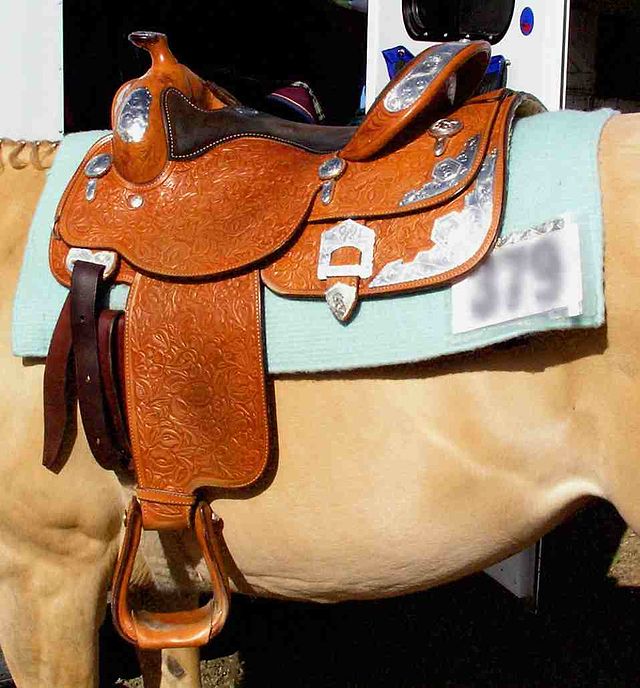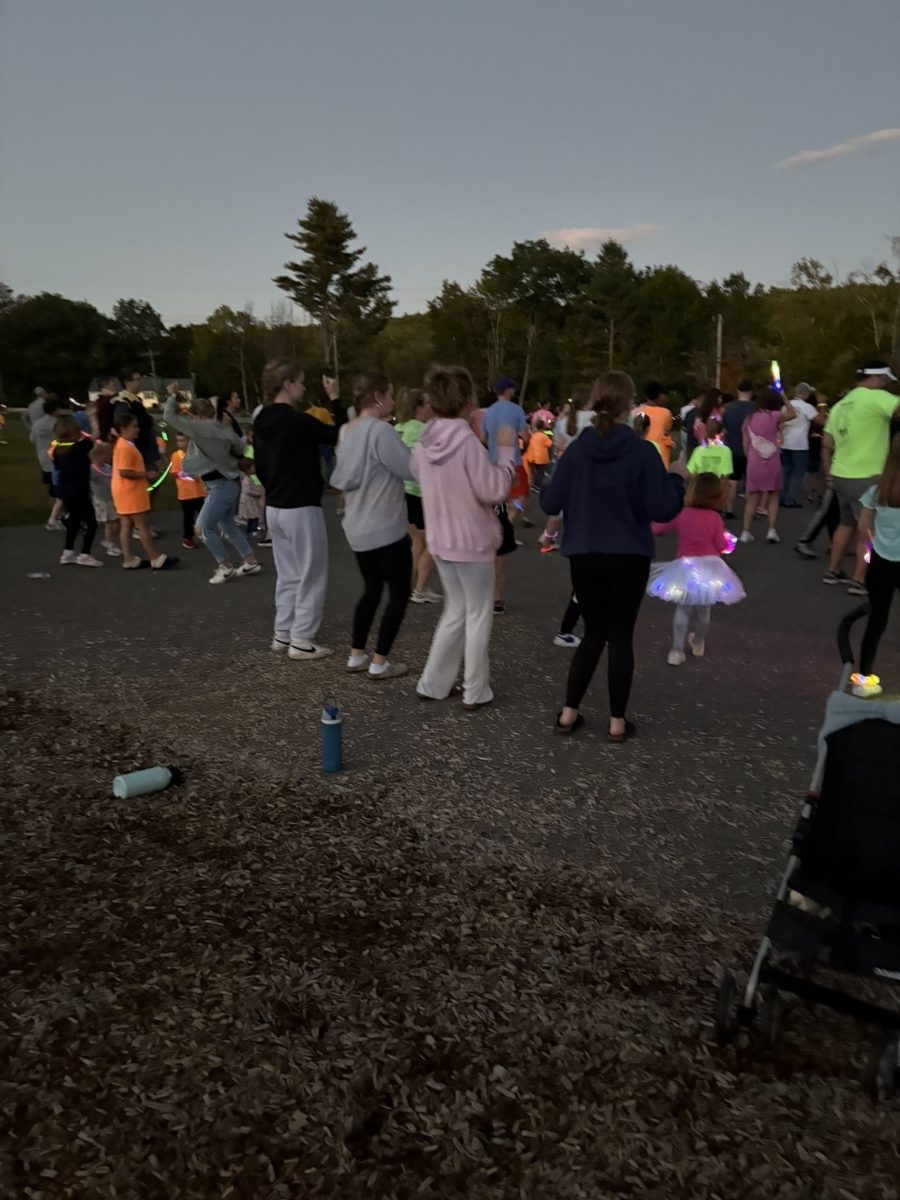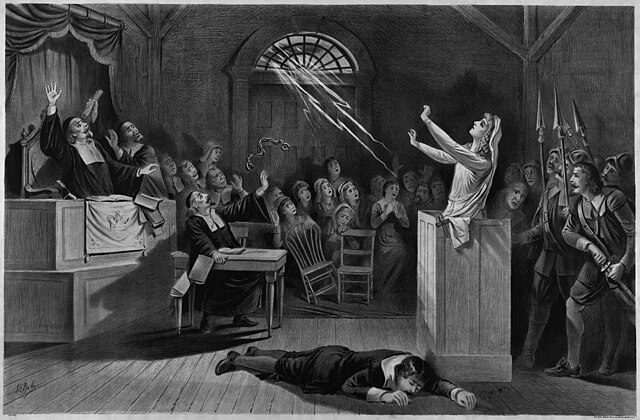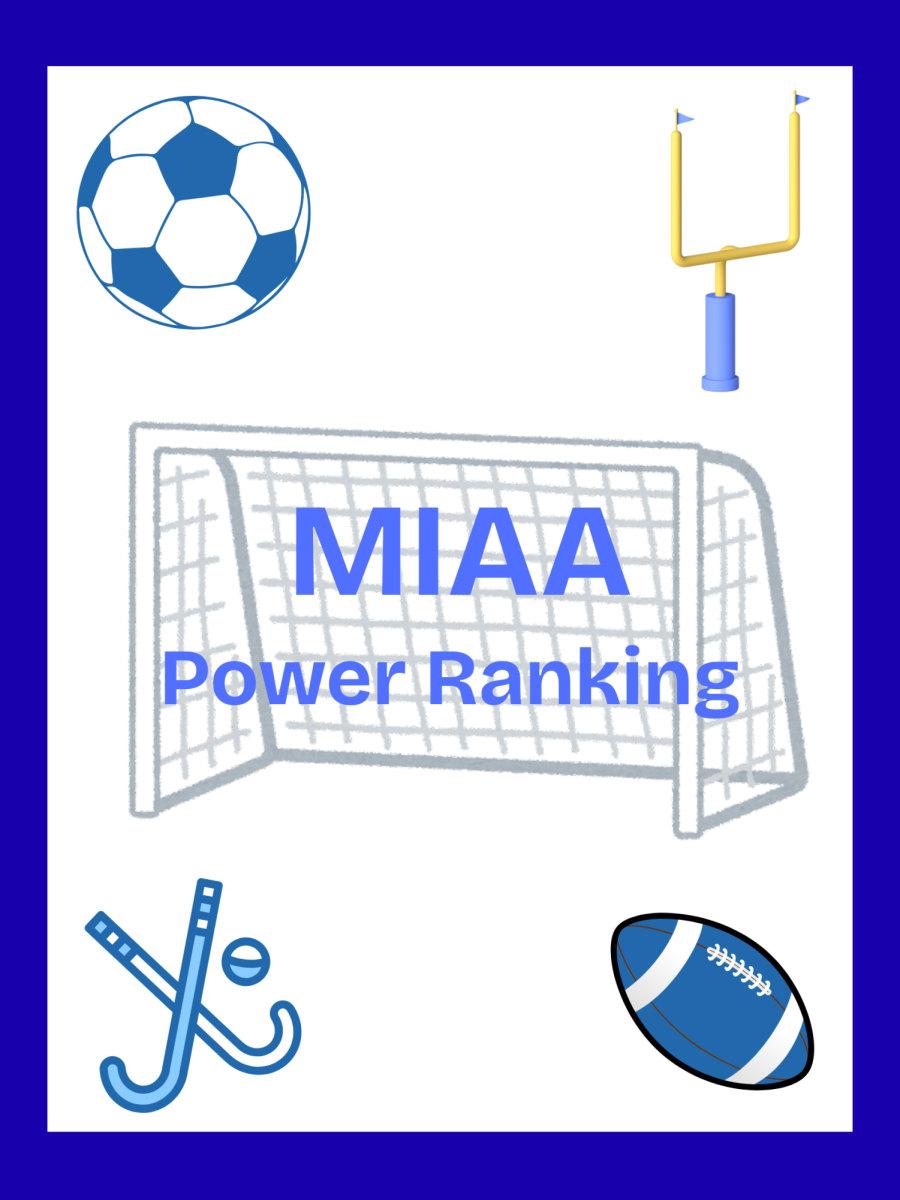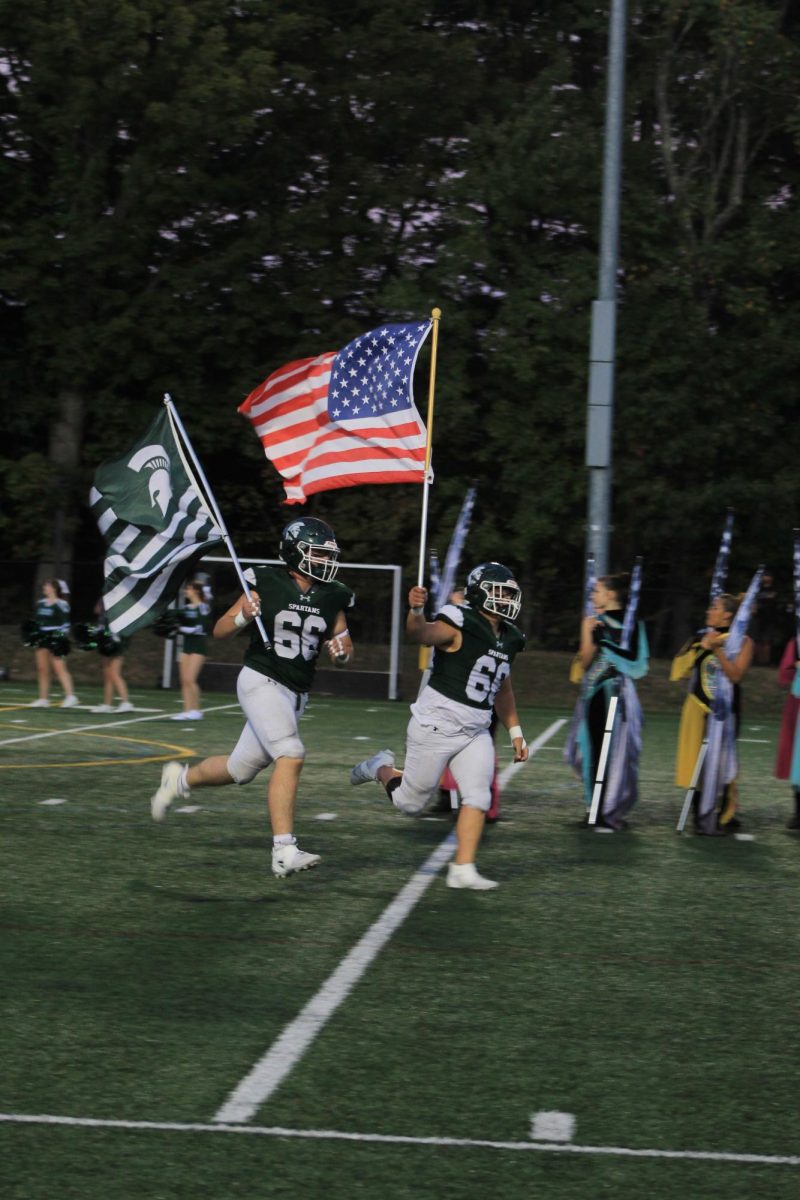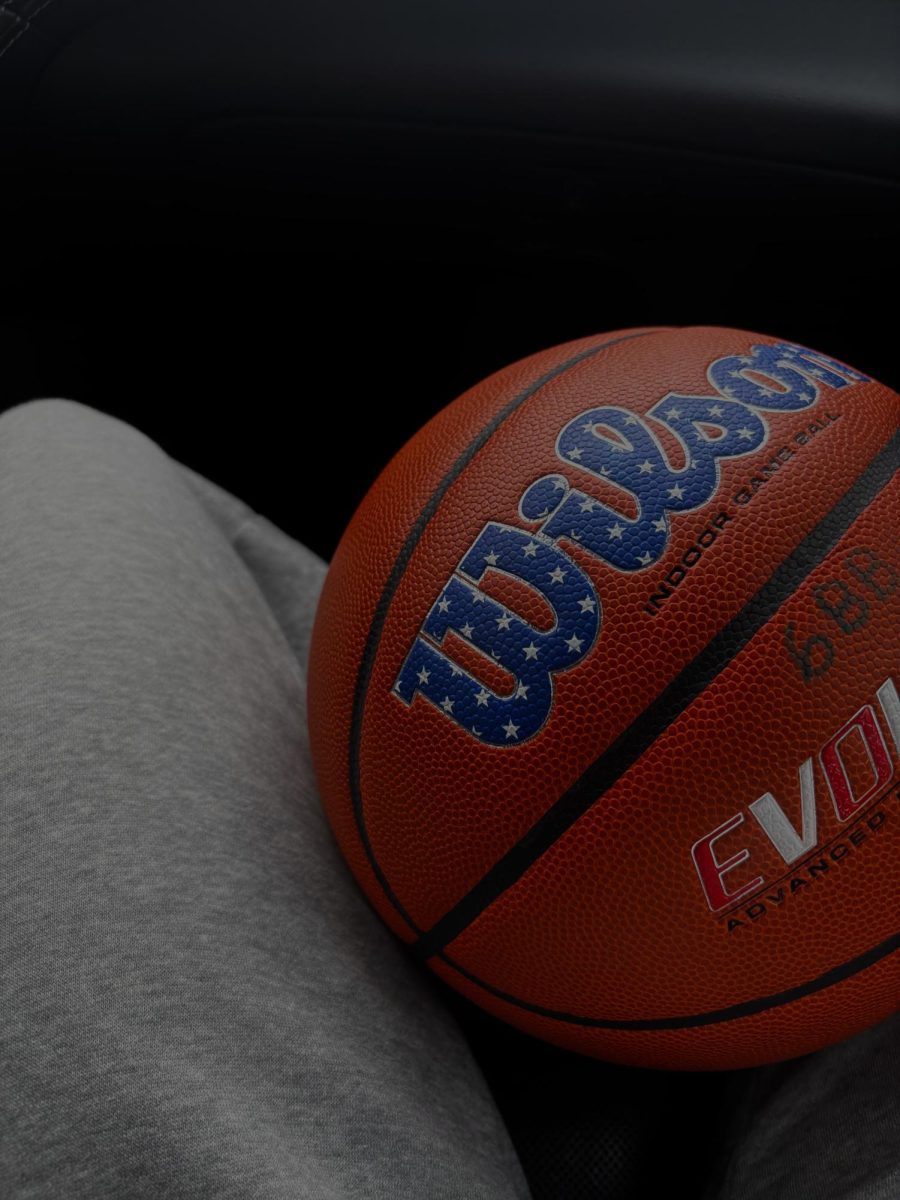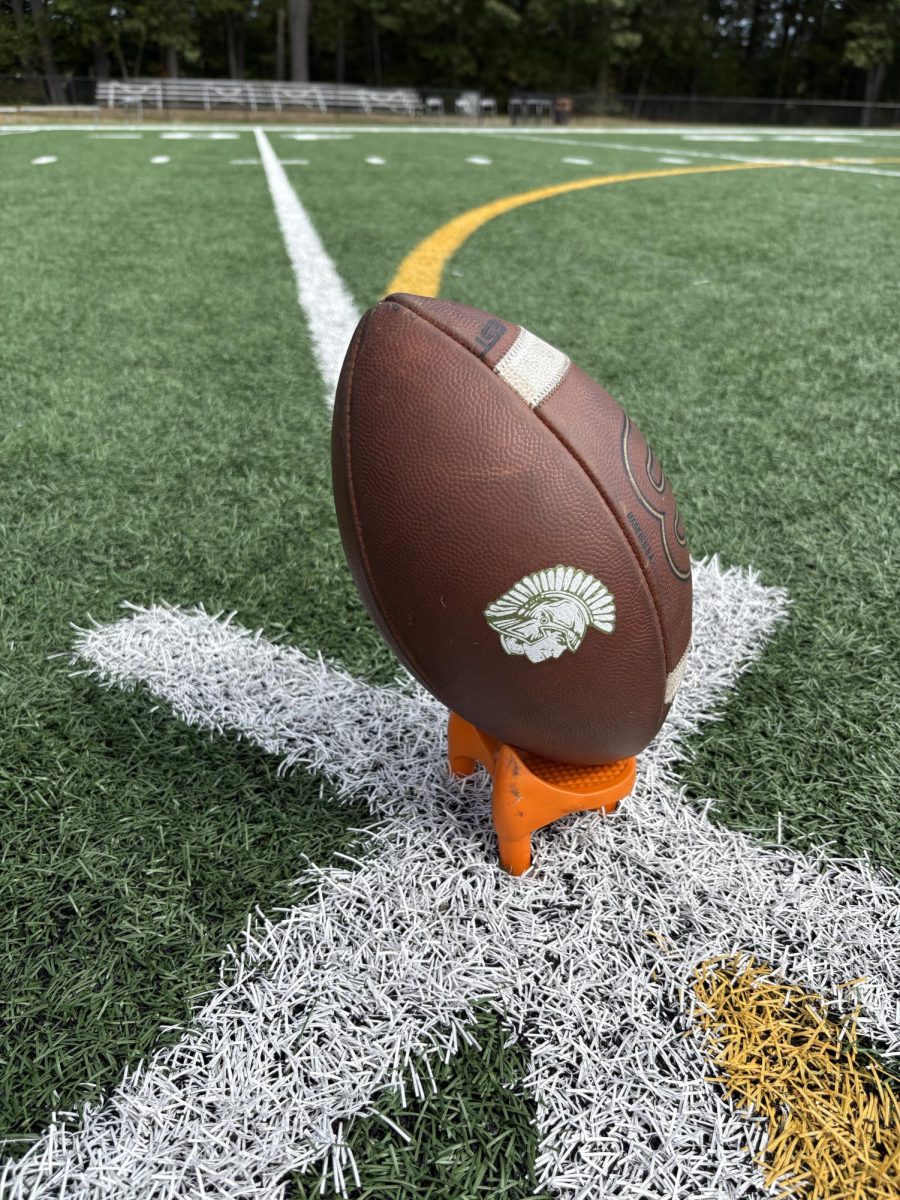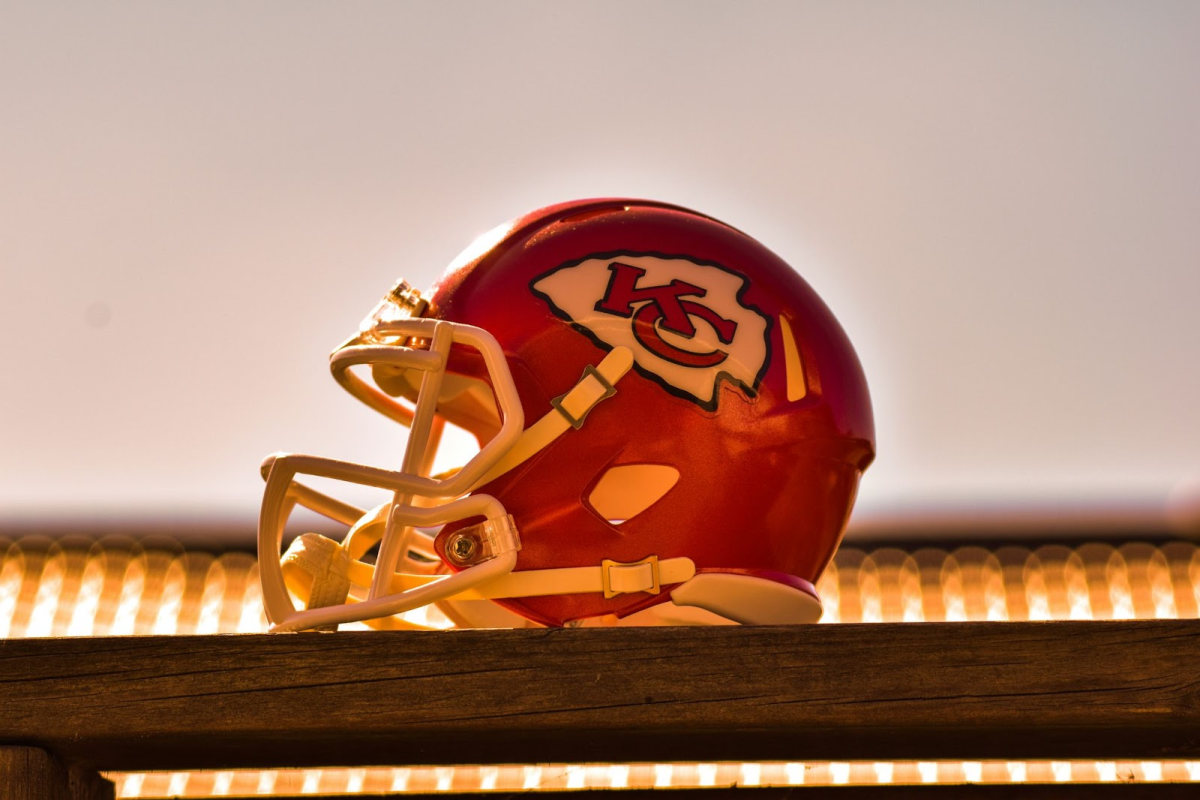A Deeper Look Into Injuries
By Molly Horgan
Athletes have one paralyzing fear: one thing that could ruin their season, future plans, and their mental health. An injury. If you are an athlete you know the worst feeling is having to sit out because of an injury. Let’s dig deeper into the unseen and unspoken struggles.
Injuries may range from a little fracture to a broken bone or a torn ligament, but all injuries are a struggle. Injuries come with being an athlete. Most athletes learn from a young age to just fight through the pain of an injury. Which is why many high school athletes also conserve their pain to themselves, and not tell anyone – especially your coach.
When asked about Oakmont sports teams, around 70% of the players have some sort of injury or pain that they simply just play through. They say things like “don’t tell coach”, “It doesn’t even hurt that bad ”, “I’m okay don’t take me out” and a bunch of other things to gaslight teammates and coaches into believing that they’re not injured. When I talked with some players on Oakmont’s Girls Field Hockey and Girls Soccer team, many had the same answer as to why they don’t share their injury, and that is that they are afraid.
They are afraid that they will not be able to play the sport they love. They are afraid that they will let down their team if they sit out. They are afraid that their teammates will perceive them as weak. They are simply afraid.
Even though many athletes think that it is best to not show an injury and to keep it to themselves, they don’t think about how playing on an injury can make it even worse and more serious. When asked, Oakmont athletic trainer Andy about his opinion on playing on an injury, he said, “You are definitely going to increase the likelihood of the injury not healing properly, or even worse injure yourself more.” He asks anyone that is injured to let someone know and take proper care of it.
As I continued the interview with Andy, he stated that the most common injury at Oakmont is definitely ankle sprains, he thinks that this is because “with all sports going on there is a lot of lateral movement, it’s pretty easy to get your ankle caught or your foot caught up”, but he says he deals with many other injuries.
Some of the most common injuries may actually be caused by the turf. The biggest battle of the Oakmont sports teams is who gets the turf. Most teams loves the turf and it is without a doubt easier to play on, and arguably a lot better than grass.
What many athletes don’t know is that the turf may actually be causing some of the common injuries that athletes get. The most common injuries that the turf can cause are to the knee and ankle. This is because when you’re playing on turf there is less give, which means our feet, ankles and knees absorb the force which makes injuries more prone. So opposed as to what most students think, turf is not as great as we make it out to be.
According to an AP News article it states “research found 16% more injuries per play on artificial turf compared to grass. The authors concluded that if all games had been played on grass during that period there would have been 319 fewer foot and leg injuries. Looking only at non-contact injuries the risk was even higher, about 20% more injuries per play” this quote from the article is showing how it is safer and how there would be less injuries if athletes played on grass instead of turf.
When asked Oakmonts athletic trainer, Andy, if he feels turf has any affect on injuries he says, “personally I don’t have enough data to compare, but I think that there definitely could be studies done, but for me I can’t say because I really just work with turf injuries.” he believes that it is a very interesting topic and that it is definitely worth looking into but he can’t really have a say.
Now let’s talk about big injuries, injuries that put you out for months, whole sports seasons.
Injuries are every athlete’s greatest fear: ACL tears, Broken bones, injuries requiring surgery are some examples. The thought is always in the back of an athlete’s mind during a play. Don’t slide, you might break your leg, don’t lunge you’ll pull something. When athletes get injured their mental health can be greatly affected.
An athlete’s pride and joy is their sport, if you take that away from them it could be catastrophic for their mental health. After interviewing student athlete Amiaya Leblanc, who has recently suffered a torn MCL, PCL and Meniscus resulting in surgery and putting her out for the rest of the season. She says “it sucks not being able to have the outlet that sports gave me.” and “having to watch others play the sport I love, takes a huge toll on my mental health” she also states “putting on a smile for others can be hard at times, but supporting the team is really big for me”. Amaiya is a great example of how much injuries can affect an athlete and how they may feel at times.
I hope this article has given you a greater look into how an injury can affect a players mental health. I know myself as well as many teammates and friends are scared to have the sports we love taken away from us in the blink of an eye. Taking the right time and steps to recovery is very important.
What does the science say about the grass vs. turf debate in sports?
https://apnews.com › article › nfl-aaron-rodgers-achilles-…



